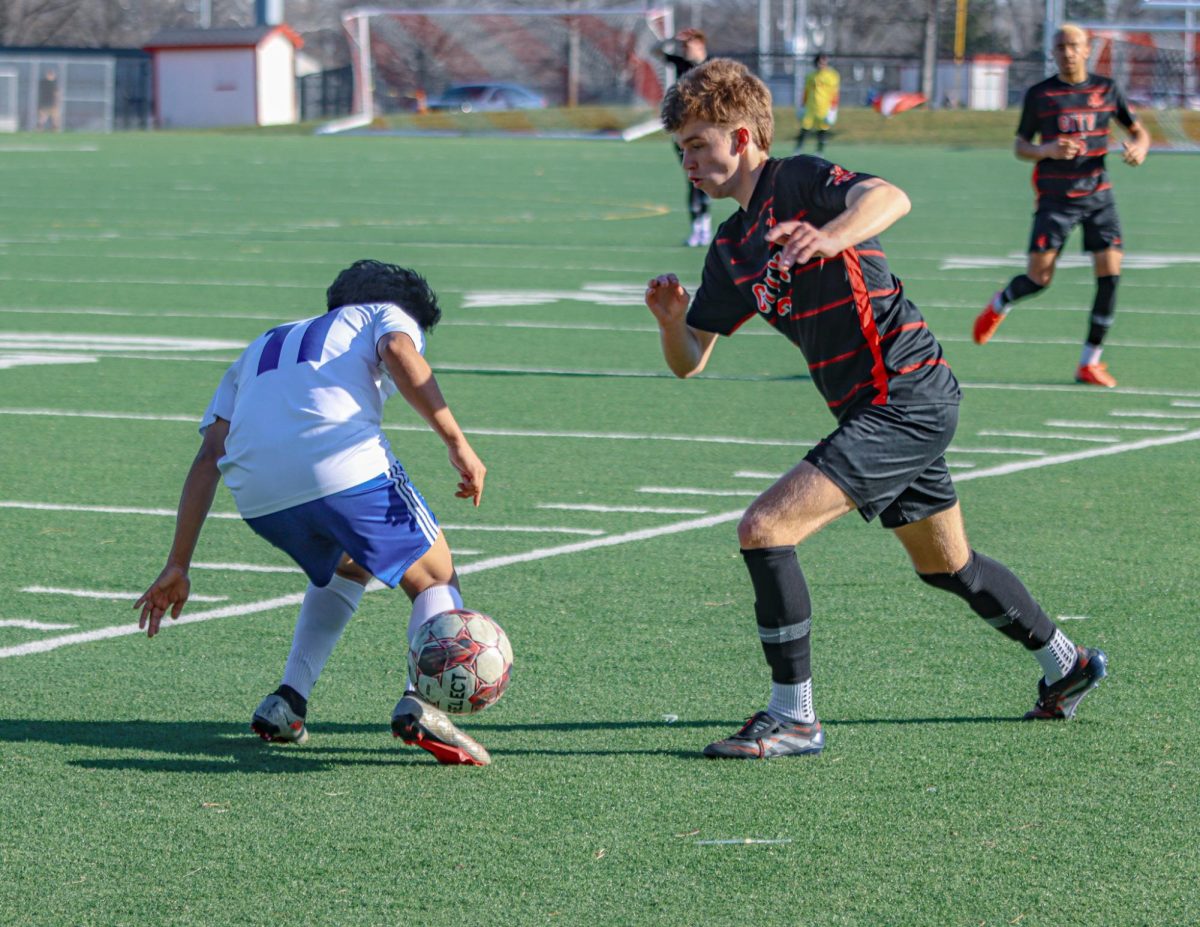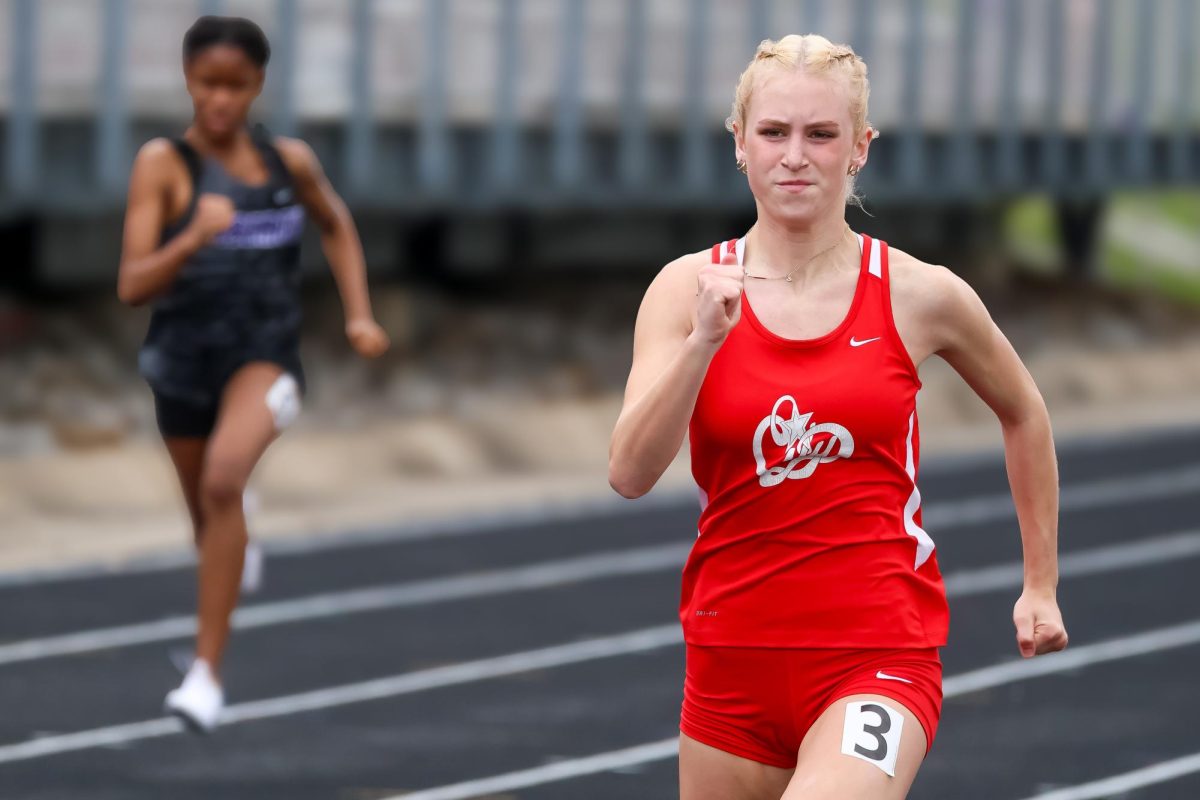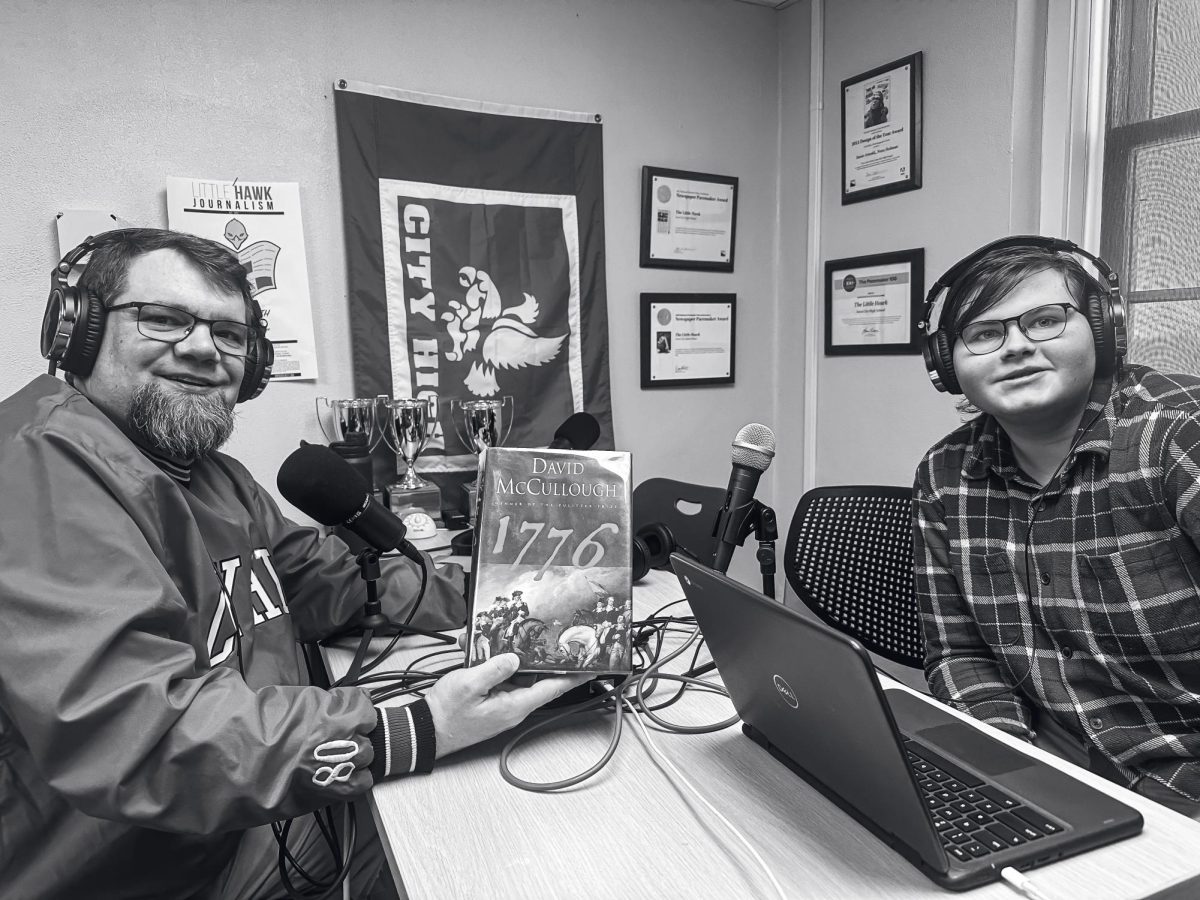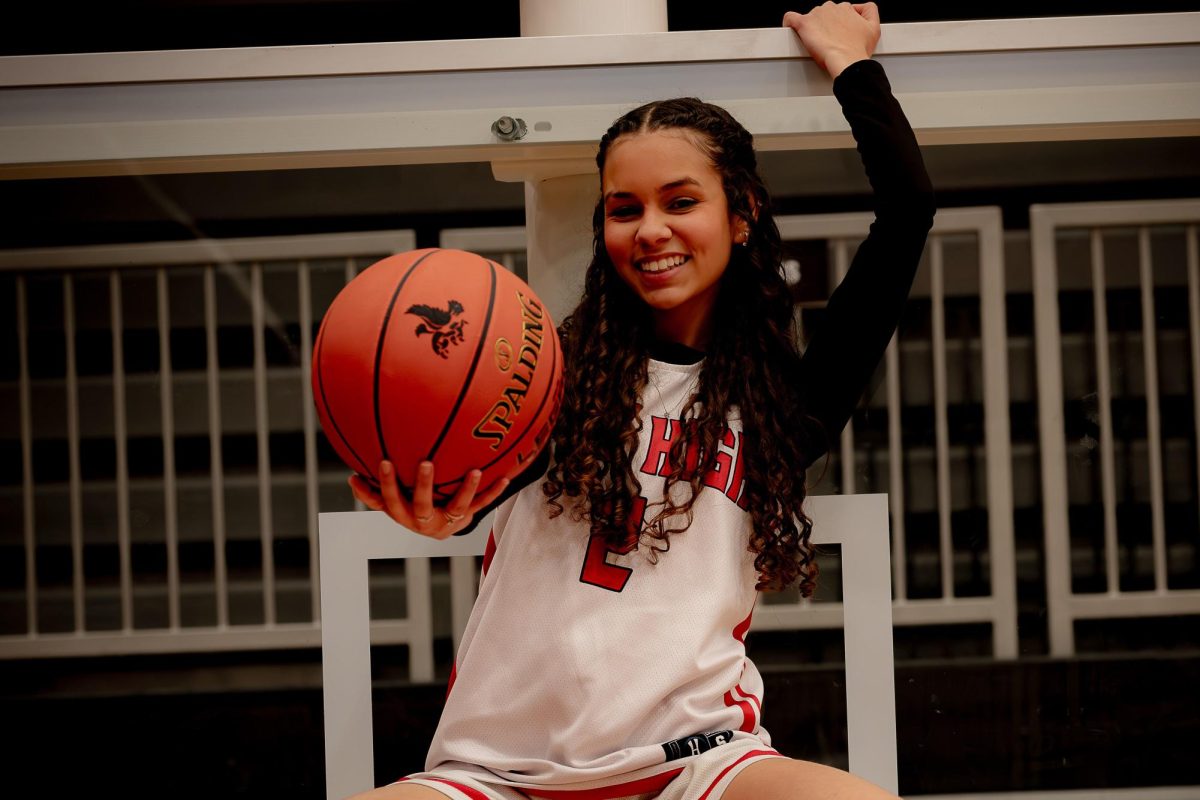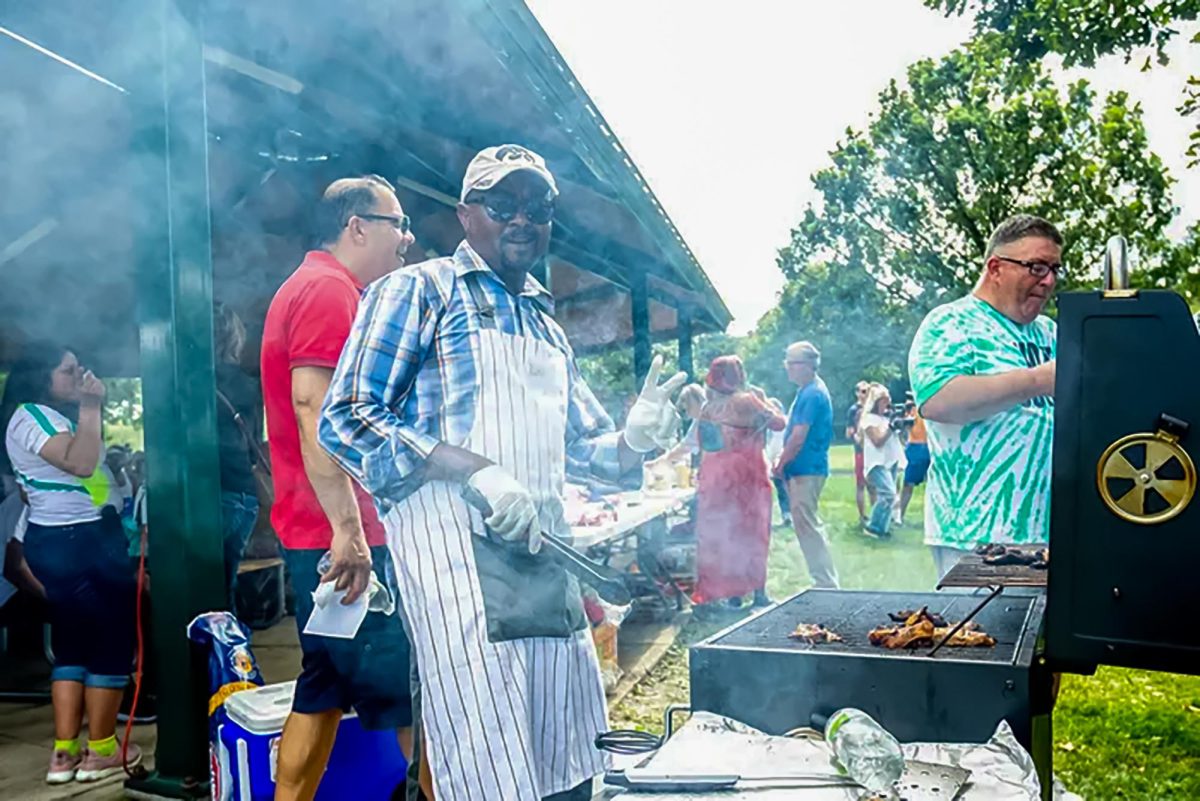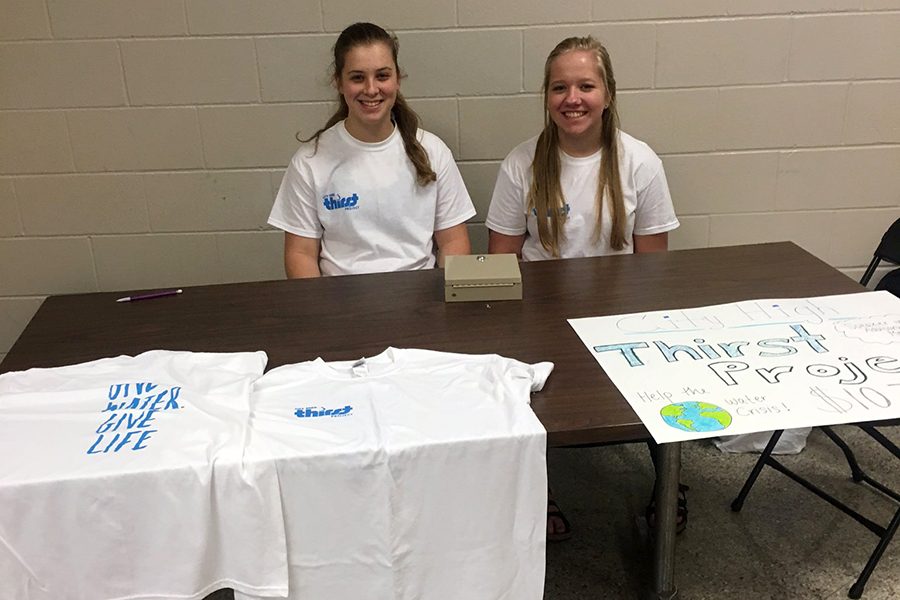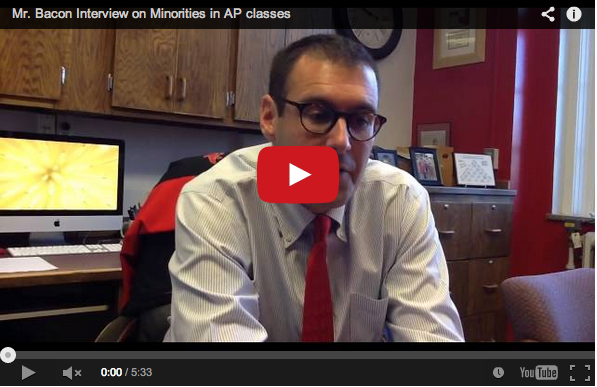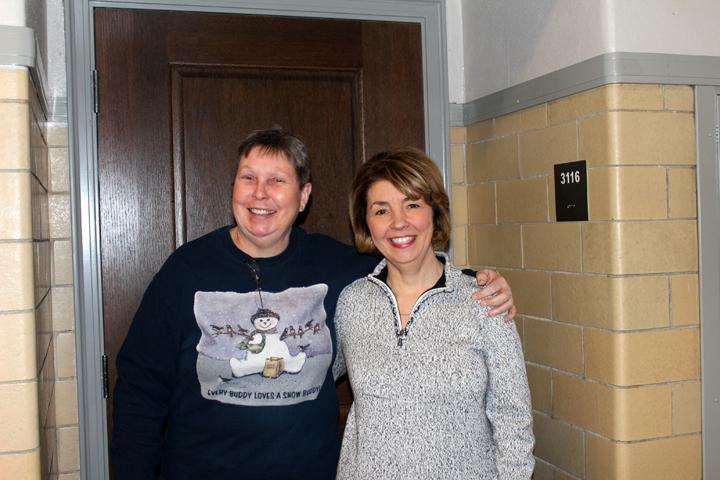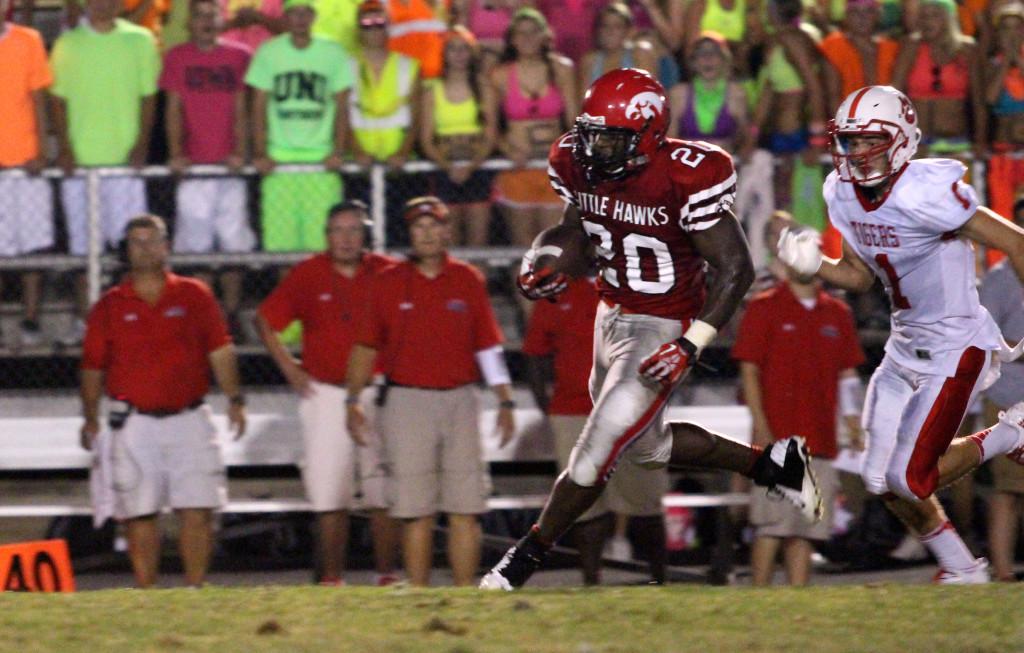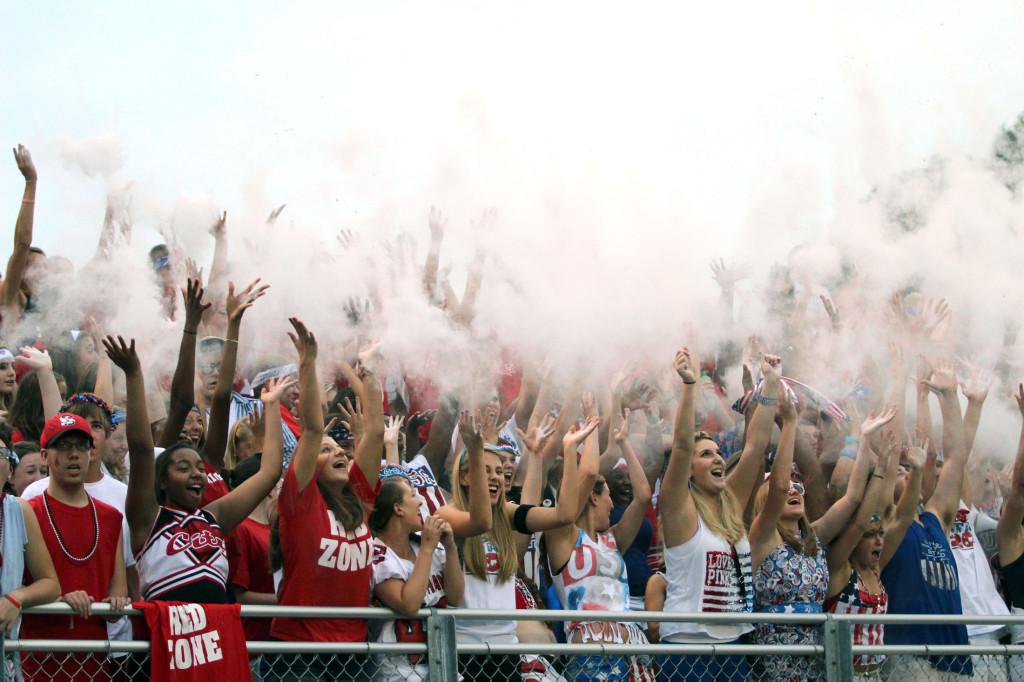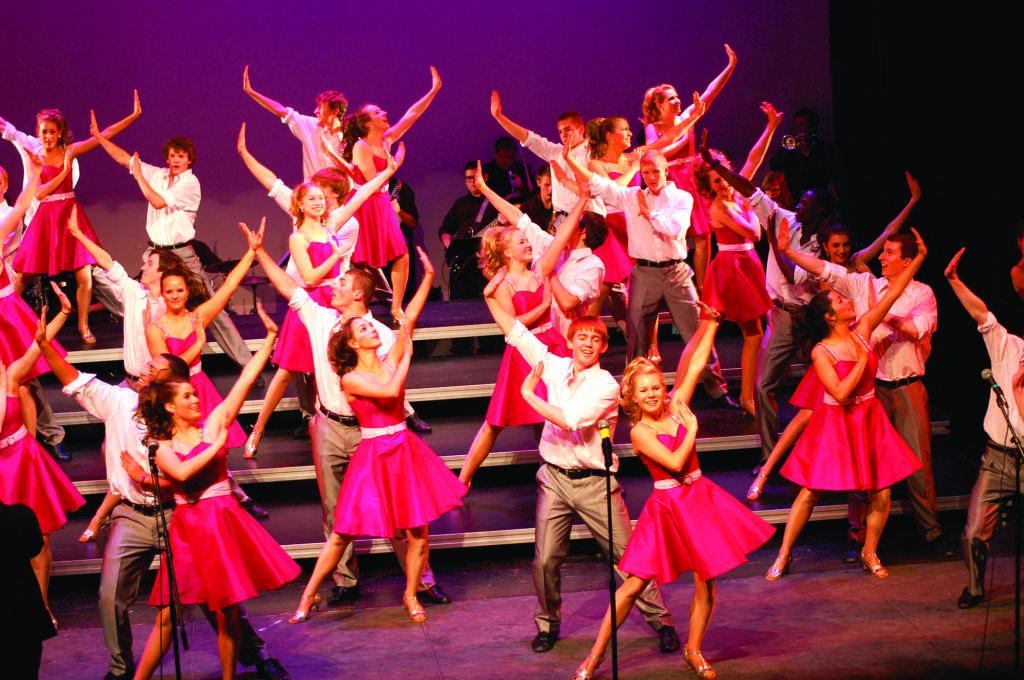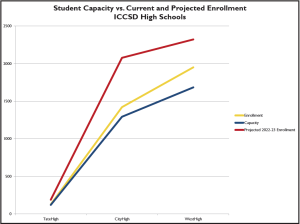
Almost 200 community members traveled to Parkview Church last month to voice – and debate – their opinions about the direction of the Iowa City Community School District.
The three facilities-planning “visioning workshops” were run by BLDD, the architecture firm hired by the district last November. Architect Sam Johnson presented findings from his team’s inspection of district facilities and lead community members through prioritizing exercises that involved dividing up an imaginary budget of $100.
“I think it was a lot more collaborative than I expected, which was refreshing,” Amy Thompson, a local mother of two, said. “A lot of times people draw lines along where they live, and it seemed like people were a lot more collaborative than I was anticipating.”
Attendees were grouped by table and asked to discuss three prompts together: the first was “How would a visitor to ICCSD describe our current district facilities?” The event’s organizers quickly tallied the results and found crowded, inequitable, clean, and old to be the most commonly used descriptors.
Next under discussion was the question “How would you like a visitor to describe our district facilities?” From a list of suggested adjectives, voters described their ideal district as equitable, technology-centered, engaging, and safe.
“I think [the activities] were designed to help everybody put themselves in everybody else’s shoes,” Julie VanDyke, a vocal community member and board watchdog, said. “I think what it probably did was get people talking to each other in a less adversarial way than they typically do.”
The final activity focused on more ICCSD-specific objectives like Improve energy policy and Classroom upgrades. Notably absent was any discussion of particular buildings or proposals, such as the construction of a third high school.
“I think they skirted the issues that were important,” Thompson said, “because you can’t talk about spending 100 million dollars from the RPS if you’re trying to appeal to a large audience.”
The time and location of the workshops were heavily debated. All were held at the Parkview location, but the first two commenced at 9 AM, while the final meeting began at 6 PM. The 6 PM slot attracted almost twice as many attendees and, according to some, a more cross section.
“What was successful about this was that you had a better, wider, more diverse representation of the entire community,” Van Dyke, who attended all three workshops, said of the third.
As for the venue, school board president Marla Swesey explained that the Parkview building had the right capacity and was technologically well-equipped.
The second major component of the workshops was a presentation of BLDD’s findings from a walk-through of district facilities. Buildings were ranked according to criteria such as educational adequacy, capacity, security, and priority levels.
“I think [BLDD] was trying to give people background about what their capacity numbers meant for twenty first century learning environments,” Swesey said. “They tried to give them opportunities to see how difficult it is when you have a lot of things that you have to look at.”
Van Dyke expressed concerns over the firm’s emphasis on new projects.
“When they’re showing us presentations, they’re not showing how they can adapt existing buildings,” Van Dyke said. “They are selling us a product.”
BLDD is currently the subject of a complaint to the Iowa Professional Licensing Bureau, filed by The Citizens to Save Our Middle School Committee in Charles City, Iowa. The community group alleged that the firm skewed a cost-benefit analysis to favor the local school superintendent’s agenda.
The Facilities Master Planning Steering Committee was the first to see BLDD’s facilities findings, at their March 25 meeting. The community feedback gathered at the visioning workshops was shared with the steering committee at their subsequent meeting, on April 17.
The committee, made up of teachers, local leaders, and nearby city council representatives, is charged with “engaging its community in a facility master planning process,” and plans to conduct “master visioning workshops” in May before giving their final series of recommendations to the board in June.
Of the relationship between the steering committee and school board, Swesey said, “[The steering committee] really looked with a fine tooth comb over the district, so some of those areas that we maybe have missed, they’ll bring back to us and say, ‘We really need to look at this.’”










